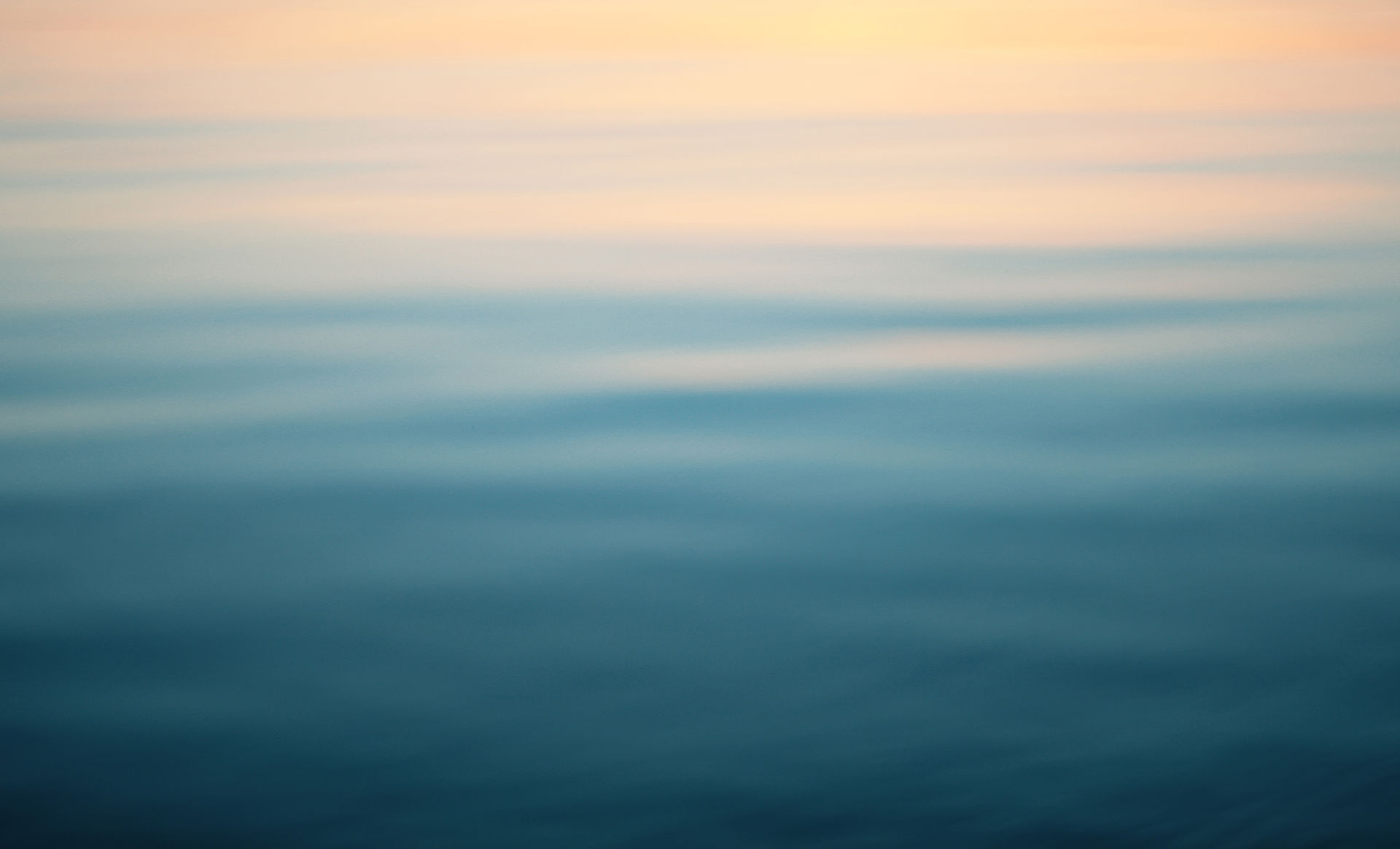
Nearby Attractions
Pula
Located on the southern part of Istria, Pula is the largest city and the major port of Istrian peninsula. It was founded more than 3000 thousand years ago and nowadays it is one of the most famous tourist centers and cultural sights. The Roman conquest of the peninsula gave a particular importance to the city of Pula since the Roman touch can be seen everywhere in the old city center.
Many of the most beautiful Roman buildings were preserved for a lot of centuries and walking on the street you can admire the August Temple, Triumphal Arch of the Sergi family also known as Golden Gate, The Cathedral of the Extol of the Blessed Virgin Mary, Temples and Basilicas on the Forum, Communal Palace on the Forum, Roman Walls, Roman Gates, Roman Theater and the most important and beautiful one: The Amphitheater known as a Colosseum from the 2nd century.


Amphitheatre
Popularly called the Arena of Pula, it was built in the 1st century AD during the reign of Emperor Vespasian and it became the ancient monument in the center of Pula. 3000 years ago it hosted the popular gladiator fights which took place in the central flat area called the arena, but today many summer performances take place in the same place where gladiator had fought in the Roman time. It is the 6th largest ancient amphitheater in the world.

Temple of Augustus
The Temple, situated in the Forum, is dedicated to goddess Roma and Emperor Augustus. It was constructed between the year 2 BC and AD 14 when the Emperor died. According to its shape it follows the typical pattern of temples.
The function of the Temple changed through the years: with the ending of the pagan ancient era its original pagan function ceased and the temple was afterwards used as a church, granary, and in the beginning of the 19th century it was a museum for stone monuments.
In 1944 it was hit by a bomb and completely destroyed. It was reconstructed between the years 1945 and 1947 and nowadays it houses a collection of ancient stone and bronze sculptures.
The other twin temple, of which only the back wall is preserved, is believed to have been constructed at the same time and in the same style and was called the Temple of Diana.

Triumphal Arch of the Sergi - Golden Gate
The “Golden Gate” was erected between the years 29 and 27 BC by the Sergi family, in honor of three members of the family who held important positions in Pula at that time. This triumphal arch leaned against the city gate Porta Aurea thus called because of its richly ornamented arch or gilded elements. The gate and wall were pulled down in the beginning of the 19th century as a result of the city expansion outside the city walls.
The Arch was constructed in Corinthian style with strong Hellenistic and Asia Minor influences both in the method and ornaments. As the eastern side was not visible it has remained for the most part uncarved, while the western, town side is richly decorated. Today numerous cultural performances, theatrical and musical, are held on the square next to the Arch.
National park Brijuni
The Brijuni archipelago extends along the south west coast of the peninsula of Istria. The islands consist of two large islands, Veli (big) Brijun and Mali (small) Brijun plus twelve other smaller islands.
For travellers from all around the world, National Park Brijuni has become one of their favourite holiday destinations with its incredible beauty, and mild climate since the beginning of the 20th century. The coas of the island is mostly low and rocky, but very accessible, with a few sandy and pebble bays.
The colourful islands have been attracting people since ancient times for its tranquillity and natural beauty. The islands have been populated since the Roman age, and the remains of many luxurious Roman villas prove to the fascinating beauty of the archipelago.
For more information, please visit:
http://www.np-brijuni.hr/en/

